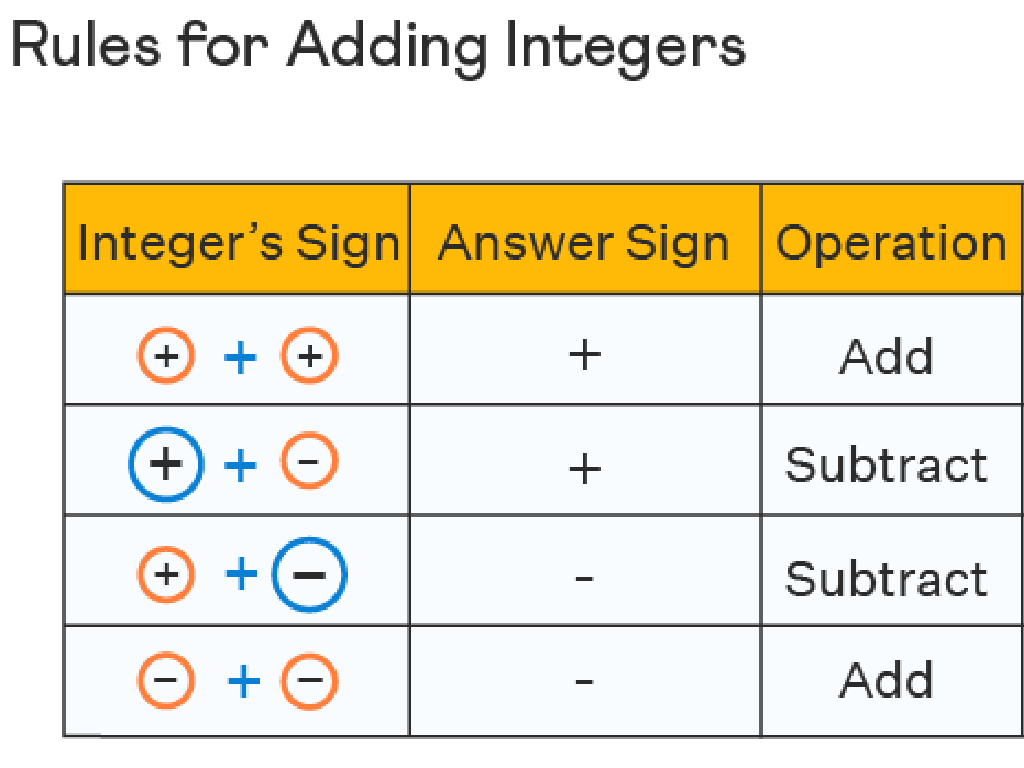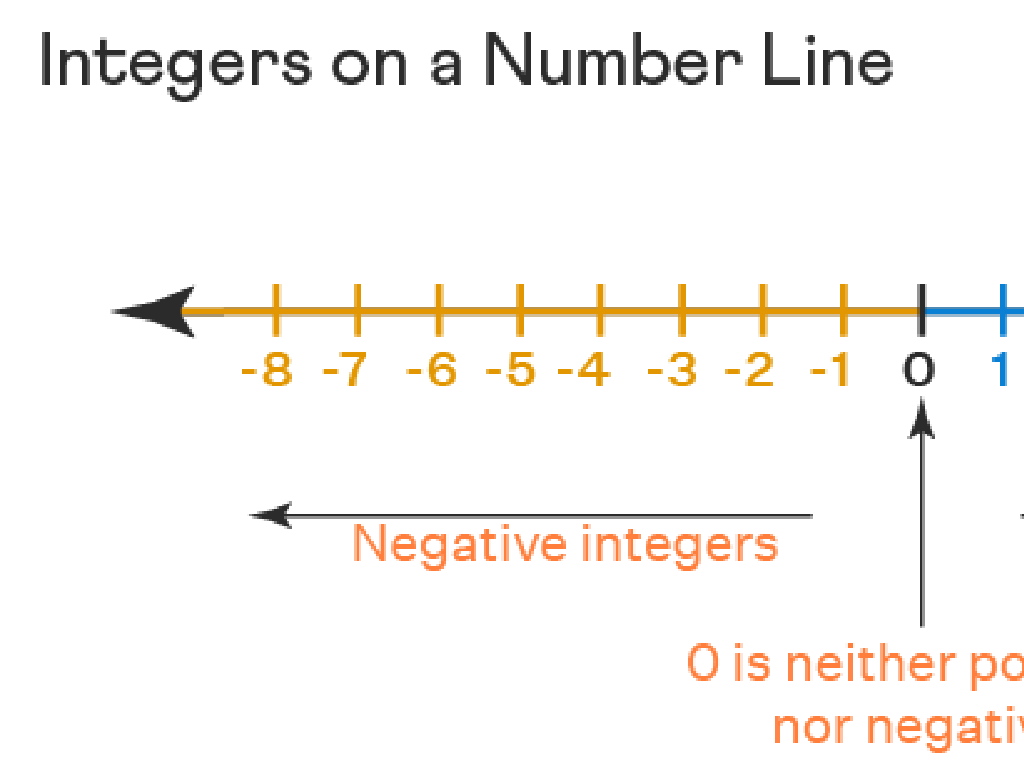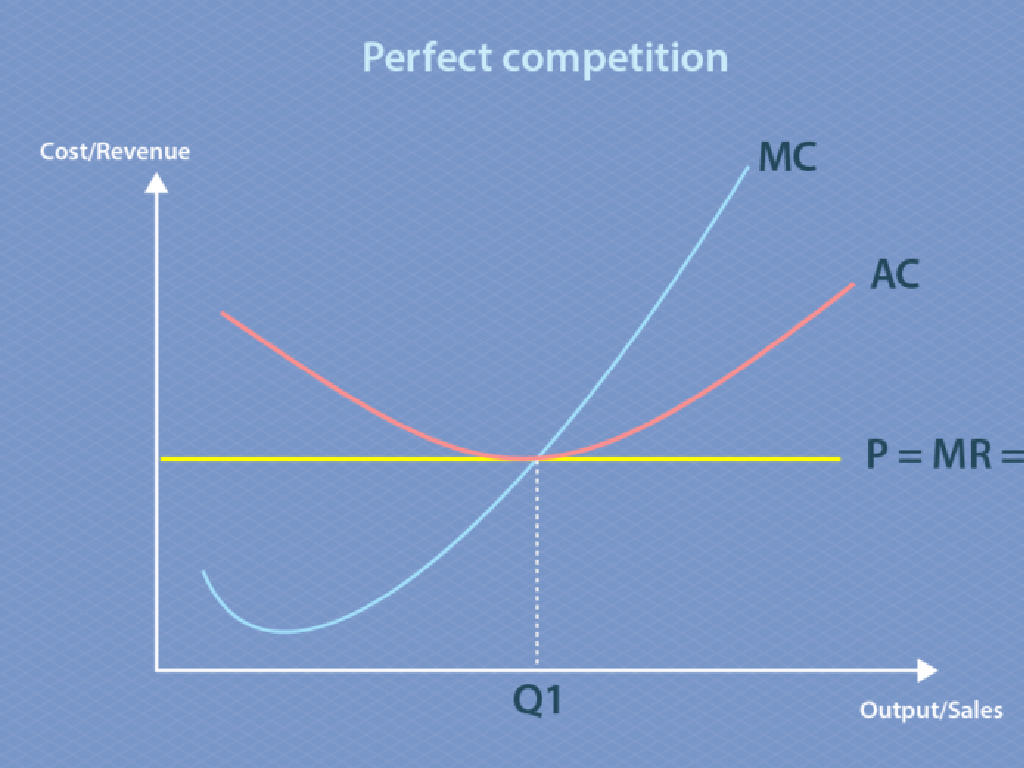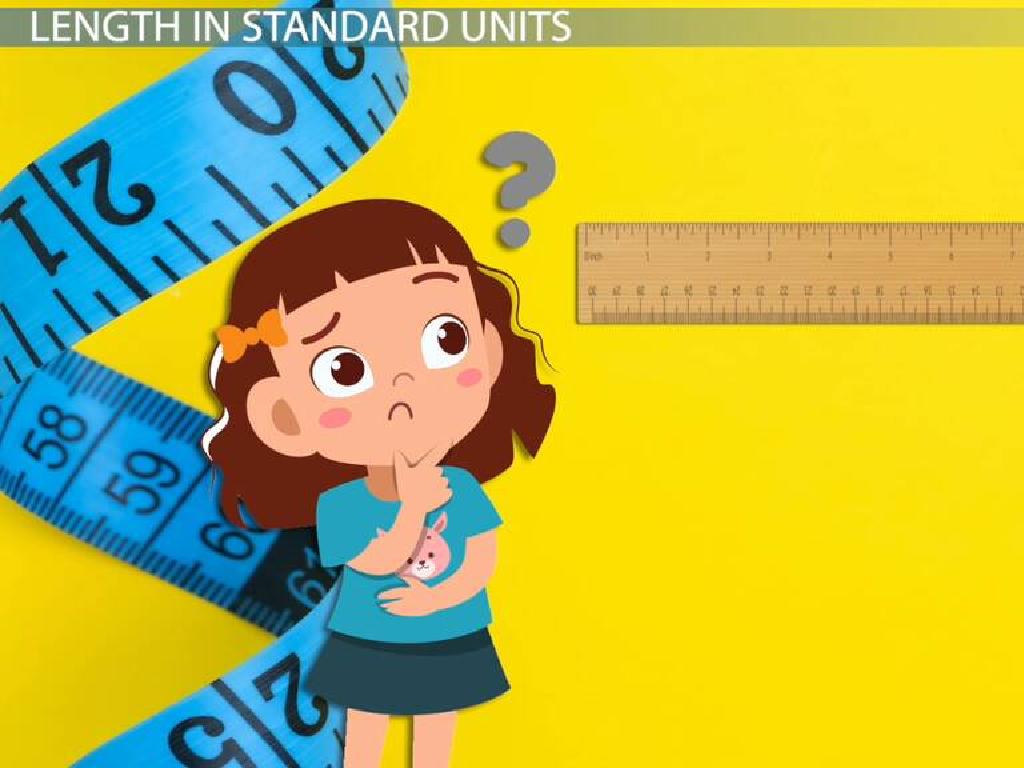Choose Metric Units Of Mass
Subject: Science
Grade: Fifth grade
Topic: Units And Measurement
Please LOG IN to download the presentation. Access is available to registered users only.
View More Content
Understanding Metric Units of Mass
– What are units of measurement?
– Reasons we measure objects
– To compare, describe, or understand objects
– Introduction to the Metric System
– A decimal system of units used globally
– Metric units for measuring mass
– Grams (g), kilograms (kg) for heavier items
|
This slide introduces students to the concept of measurement and its importance in everyday life. Units of measurement provide a standard for comparing and describing objects. Measuring helps us cook accurately, know how much we weigh, and even buy the right amount of paint for our walls. The Metric System, used worldwide, is based on the number 10, making it easy to convert between units. We use grams to measure lighter objects like a feather and kilograms for heavier items like a textbook. Encourage students to think of examples of light and heavy items they might measure in grams or kilograms.
Understanding Mass in Science
– Mass: Measure of matter
– Mass is how much stuff is in an object.
– Mass vs. Weight: They’re different
– Mass is constant; weight can change with gravity.
– Why measure mass?
– Knowing mass is key in recipes and buying food.
– Mass in scientific experiments
– Accurate mass measurements are crucial for experiments.
|
This slide introduces the concept of mass and its significance in science. Begin by defining mass as the amount of matter in an object, which remains constant regardless of location. Contrast this with weight, which can vary based on the force of gravity. Emphasize the importance of measuring mass in everyday contexts, such as following recipes or purchasing goods, and in scientific settings, where precise measurements are necessary for experiments. Use examples like comparing the mass of fruits in a grocery store or ingredients in a cake recipe to make the concept relatable. Encourage students to think of situations where they have to measure mass and to consider how different gravity is on other planets, affecting weight but not mass.
Metric Units of Mass
– Grams (g) as the base unit
– A gram is the basic unit of mass in the metric system.
– Kilograms (kg) for larger mass
– One kilogram equals 1,000 grams, used for heavier objects.
– Milligrams (mg) for smaller mass
– A milligram is a tiny mass, 1/1,000 of a gram.
– Centigrams (cg) and their use
– Centigrams are less common, 1/100 of a gram.
|
This slide introduces students to the metric units of mass. The gram is the base unit, and it’s important for students to understand that all other units are derived from it. Kilograms are used for measuring heavier items, like a bag of rice, while milligrams would be used for lighter items, such as a pinch of salt. Centigrams are not as commonly used but are still important to understand. Provide examples of objects and their approximate weights in different units to help students grasp the concept. Encourage students to bring items from home to measure and compare their masses in different units during the next class.
Using Metric Units in Real Life
– Everyday objects and their mass
– A pencil weighs about 7 grams, while a textbook might be 1 kilogram.
– How to read labels for mass
– Food packages show weight in grams or kilograms; learn to find this info.
– Understanding different quantities
– Quantities like 250g, 500g, 1kg are common; know what they represent.
– Comparing masses of objects
– Use a scale to weigh items; which is heavier, 1kg of feathers or 1kg of rocks?
|
This slide aims to help students apply their knowledge of metric units of mass to real-life situations. Start by discussing common objects and their approximate masses to give students a tangible reference. Teach them how to read and interpret labels on food packages and other items that list weight in grams or kilograms. Explain that understanding these quantities is crucial for everyday tasks like cooking or comparing products. Engage the class in activities where they compare the mass of different objects to reinforce the concept that the mass is independent of the material, using examples like feathers and rocks that weigh the same but have vastly different volumes.
Measuring Mass with Metric Units
– Tools: Balances and Scales
– Balances compare, scales provide exact mass.
– Steps for Accurate Measurement
– Zero the scale, place object, read the mass.
– Practice Estimating Mass
– Guess the mass, then use tools to check.
– Importance of Metric Units
|
This slide introduces students to the concept of measuring mass in science using metric units. Begin by discussing the tools used for measurement: balances, which compare the mass of two objects, and scales, which can give the exact mass of an object. Walk through the steps to measure mass accurately, including the importance of starting with a zeroed scale. Engage the students with hands-on practice by having them estimate the mass of various objects and then use the scales to measure and confirm their estimations. Emphasize the use of grams and kilograms as standard metric units of mass and explain why consistency in units is important in science.
Let’s Practice!: Measuring Mass
– Engage in mass measurement activity
– Work in groups to estimate and weigh
– Use scales to measure the mass of various objects and guess their mass before weighing
– Record your findings
– Write down the estimated and actual mass
– Discuss the results with the class
|
This slide introduces a hands-on class activity focused on measuring mass. Divide the class into small groups and provide a variety of objects for them to estimate the mass of and then weigh using scales. Encourage them to record their estimations and the actual mass. After the activity, have each group share their results and discuss any surprises or observations. Possible activities: 1) Estimating and weighing classroom items, 2) Comparing estimated and actual mass of fruits, 3) Measuring mass of personal items, 4) Estimating and weighing sports equipment, 5) Creating a mass guessing game with various school supplies. This will help students understand the concept of mass and how to measure it, as well as improve their estimation skills.
Review and Quiz: Metric Units of Mass
– Recap: Metric units of mass
– Remember, grams (g) and kilograms (kg) are key units.
– Pop Quiz: Test your knowledge
– A few surprise questions to see what you’ve learned!
– Q&A session
– Clarify doubts and questions
– Ask questions if you’re unsure about anything!
|
This slide is aimed at reviewing the metric units of mass and assessing the students’ understanding through a pop quiz. Begin with a quick recap, highlighting the main units such as grams and kilograms, and their real-world applications. Proceed with a short, interactive quiz to make the review session engaging. The quiz can include questions like converting between units or estimating the mass of common objects. After the quiz, open the floor for a Q&A session, encouraging students to ask questions about any part of the topic they find confusing. This will help ensure that all students are on the same page before moving forward. Prepare to provide clear explanations and examples to address their doubts.
Conclusion: Metric Units of Mass
– Recap of today’s lesson
– Why correct units matter
– Using the right unit is crucial for accurate communication in science.
– Homework: Measure 5 objects
– Use a kitchen scale to find the mass of items like a banana, a book, etc.
– Share findings next class
– Be prepared to discuss the mass and the unit used for each item.
|
Today, we’ve learned about different metric units of mass such as grams and kilograms and when to use them. Understanding and choosing the correct metric unit is essential for scientific accuracy and communication. For homework, students are to find five objects around their home, measure their mass using a kitchen scale, and record their findings. They should note the mass and the unit of measurement for each object. This exercise will help reinforce today’s lesson and prepare them for the next class, where they will share their results and discuss the importance of precision in measurement.






